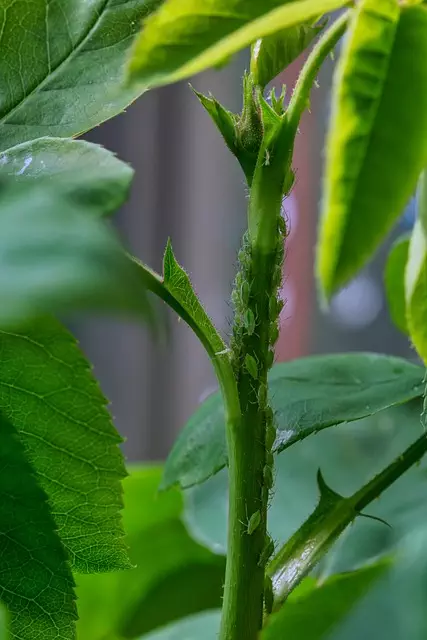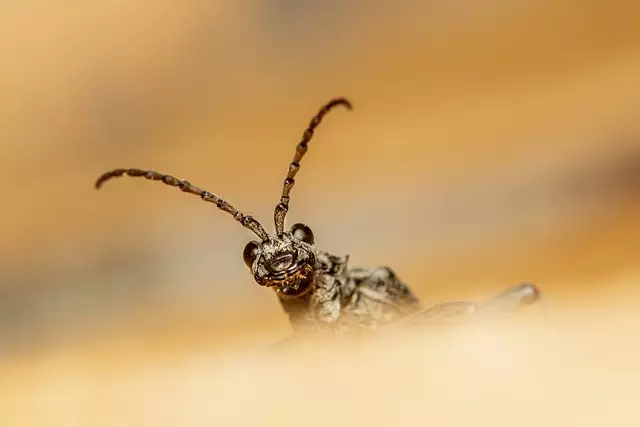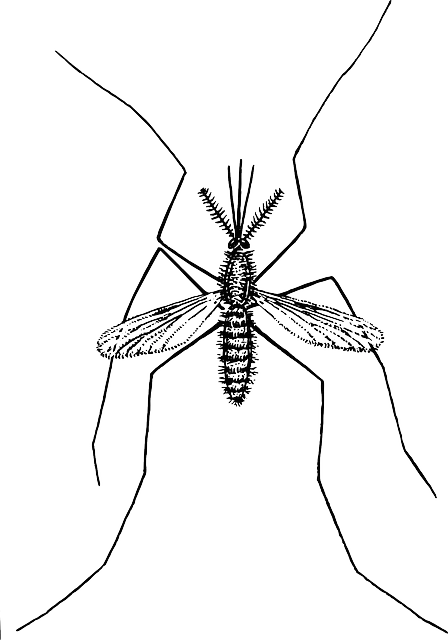Understanding common pests' behaviors is crucial for effective bug extermination. Choose a specialized pest exterminator based on pest types, infestation extent, and preferences, considering their treatment methods, licensing, insurance, and client reviews. Modern pest exterminators favor natural and eco-friendly methods, like introducing beneficial insects or plant-derived repellents, minimizing reliance on toxic pesticides. For severe infestations, targeted chemical treatments may be employed. Securing your space through sealing entry points, maintaining cleanliness, and trimming trees effectively prevents pest access. When traditional methods fail, professional pest exterminators offer advanced, tailored solutions for lasting peace of mind.
Looking to reclaim your space from unwanted guests? Effective bug extermination is a vital step towards a pest-free environment. This comprehensive guide navigates the intricate world of pest control, equipping you with knowledge and tools to tackle common pests. From understanding their behaviors to choosing the right pest exterminator, we explore non-toxic approaches and powerful chemical treatments. Learn preventative measures and strategies for dealing with resistant pests, ensuring a secure and comfortable living or working environment. Discover expert insights for effective bug extermination today.
Understanding Common Pests and Their Behaviors
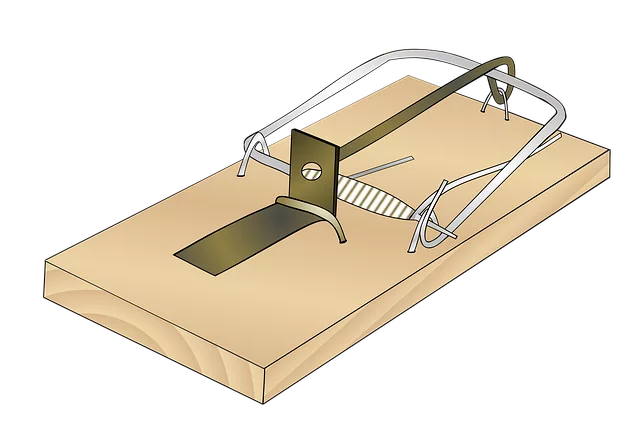
Understanding common pests and their behaviors is a crucial step in effective bug extermination. Pests like ants, roaches, termites, and rodents each exhibit unique patterns of activity, feeding habits, and nesting preferences. For instance, ants often form massive colonies with complex communication systems, while roaches are nocturnal and highly adaptable to various environments. Knowing these behaviors allows the professional pest exterminator to identify hiding spots, pinpoint entry points, and select appropriate treatment methods tailored to each specific species.
This knowledge also enables homeowners to take proactive measures. By recognizing common attractants like food debris or moisture sources, individuals can minimize the risk of infestations and create an environment less welcoming to pests. Armed with this understanding, people can partner effectively with pest control professionals for comprehensive and successful bug extermination.
Choosing the Right Pest Exterminator for Your Needs
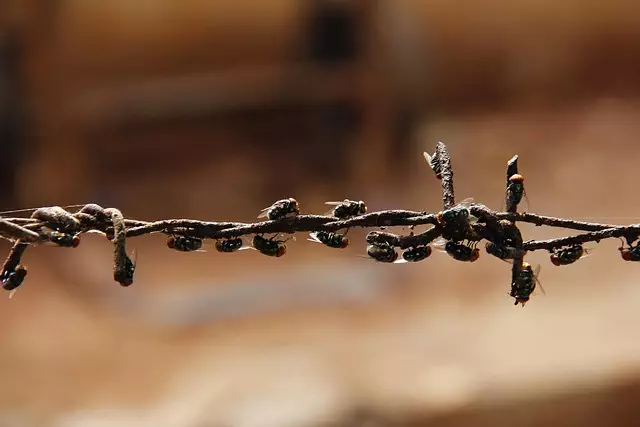
Choosing the right pest exterminator is a crucial step in ensuring effective bug extermination. It’s essential to consider factors like the type of pests infesting your space, the extent of the infestation, and your specific needs or preferences. Different pest control companies specialize in various insects, from rodents and termites to ants and bed bugs. Some use eco-friendly methods while others rely on more traditional chemical treatments. Researching and comparing local pest exterminators based on these criteria will help you find a professional who aligns with your expectations.
Additionally, reviews from previous clients can offer valuable insights into the exterminator’s reliability, professionalism, and results. Verifying their licensing, insurance, and adherence to industry standards is equally important to guarantee safe and effective services. Once you’ve selected an option, discussing treatment plans, costs, and any potential side effects ensures transparency and helps set clear expectations for a successful pest-free environment.
Non-Toxic Approaches to Bug Extermination
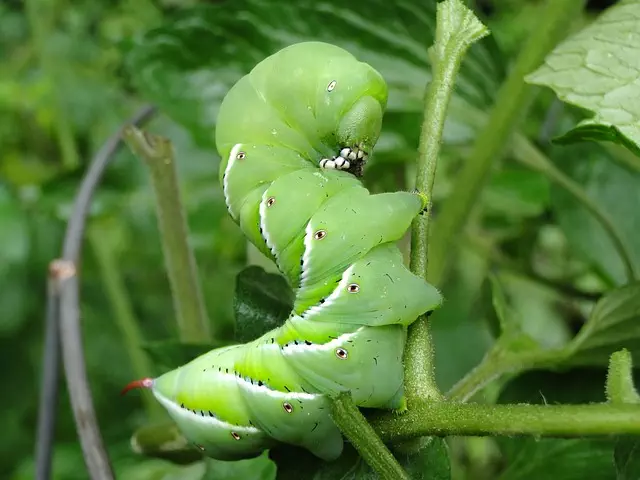
Many modern pest exterminators are now adopting non-toxic approaches to bug extermination, recognizing the potential harm caused by traditional chemical pesticides. These methods focus on using natural substances and biological control agents to manage pests humanely and safely. Beneficial insects, such as ladybugs and lacewings, can be introduced to gardens and homes to feed on harmful pests like aphids and mealybugs. Additionally, plant-derived repellents and essential oils have shown promise in deterring insects without the use of harsh chemicals.
Non-toxic pest extermination also encompasses environmental considerations and promoting integrated pest management (IPM). This involves monitoring and identifying pests early, using physical barriers, improving sanitation, and employing cultural practices that discourage pest proliferation. By adopting these strategies, both individuals and professional pest exterminators can effectively control bug populations while minimizing the use of toxic substances, creating a healthier environment for both humans and wildlife.
Effective Chemical Treatments for Severe Infestations

When dealing with severe bug infestations, chemical treatments can be highly effective when administered by a professional pest exterminator. These treatments often involve targeted pesticides that are specifically designed to eliminate the particular pests causing the issue. For instance, in the case of ants, a pest exterminator might use a pesticide that disrupts their pheromone trails, thus disorienting and eliminating the colony.
For more persistent or widespread infestations, insect growth regulators (IGRs) can be employed. These chemicals disrupt the pests’ life cycle, preventing them from reaching maturity. This method is particularly useful for cockroaches and termites, where an IGR can significantly reduce the population over time. A reputable pest exterminator will assess the situation and select the most suitable chemical treatment to ensure safe and effective bug extermination.
Preventative Measures: Securing Your Space Against Pests

Preventative measures are key when it comes to bug extermination, and one of the best ways to avoid an infestation is by securing your space against pests from the start. A pest exterminator can provide valuable insights into common entry points for insects and rodents, such as cracks in walls, doors, or windows. Sealing these openings with caulk or weatherstripping creates a physical barrier, deterring pests from gaining access to your home or property.
Regular maintenance is also crucial. Keeping your space clean and clutter-free reduces hiding spots and food sources for bugs. Ensure that garbage bins are tightly sealed, and food is stored in airtight containers. Additionally, trimming trees and shrubs away from windows and doors can help prevent pests from using them as pathways into your home. By implementing these preventative measures, you take a significant step towards maintaining a pest-free environment.
Dealing with Resistant Pests: What You Need to Know

When it comes to bug extermination, some pests are more stubborn and resistant to traditional methods. As a result, many homeowners and businesses turn to professional pest exterminators for help. These experts have the knowledge and tools to tackle even the most challenging infestations. They employ advanced techniques and eco-friendly products to ensure effective removal without causing harm to your family or property.
Resistant pests require a tailored approach. Regular treatments might not be enough, so exterminators must stay updated on the latest methods and solutions. They carefully assess the situation, identify the specific pest species, and develop customized plans. This may involve regular inspections, targeted treatments, and prevention strategies to stop future infestations. With their expertise, pest exterminators can provide lasting solutions, giving you peace of mind and a pest-free environment.
